Amarjit Budhiraja
Does Momentum Help? A Sample Complexity Analysis
Oct 29, 2021
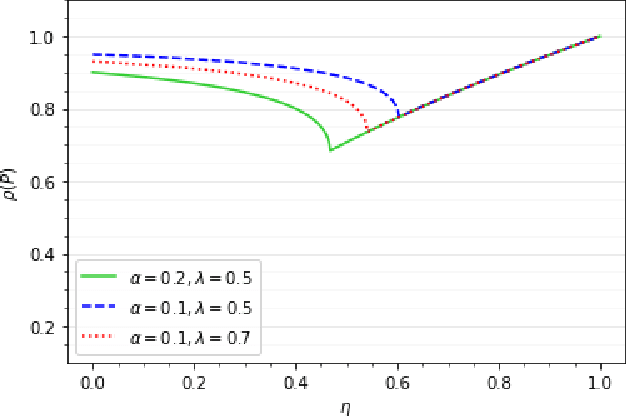
Abstract:Momentum methods are popularly used in accelerating stochastic iterative methods. Although a fair amount of literature is dedicated to momentum in stochastic optimisation, there are limited results that quantify the benefits of using heavy ball momentum in the specific case of stochastic approximation algorithms. We first show that the convergence rate with optimal step size does not improve when momentum is used (under some assumptions). Secondly, to quantify the behaviour in the initial phase we analyse the sample complexity of iterates with and without momentum. We show that the sample complexity bound for SA without momentum is $\tilde{\mathcal{O}}(\frac{1}{\alpha\lambda_{min}(A)})$ while for SA with momentum is $\tilde{\mathcal{O}}(\frac{1}{\sqrt{\alpha\lambda_{min}(A)}})$, where $\alpha$ is the step size and $\lambda_{min}(A)$ is the smallest eigenvalue of the driving matrix $A$. Although the sample complexity bound for SA with momentum is better for small enough $\alpha$, it turns out that for optimal choice of $\alpha$ in the two cases, the sample complexity bounds are of the same order.
Augmenting Molecular Images with Vector Representations as a Featurization Technique for Drug Classification
Aug 09, 2020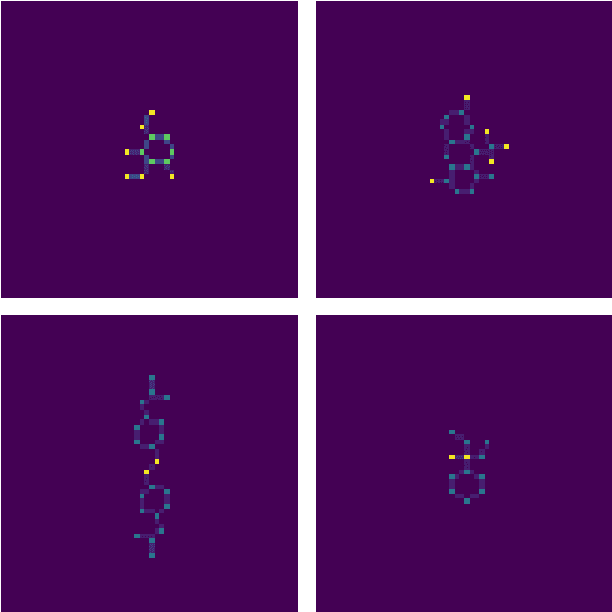
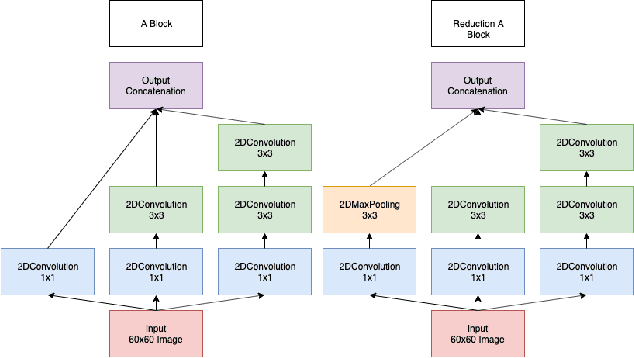
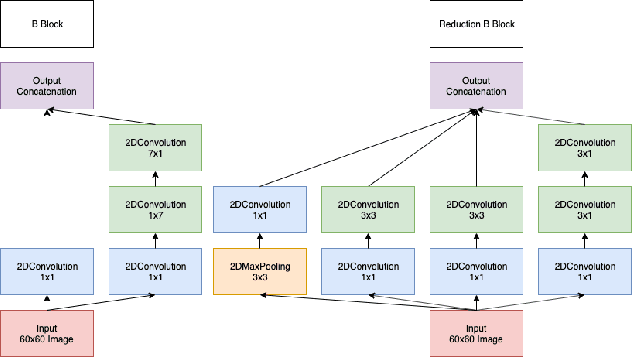
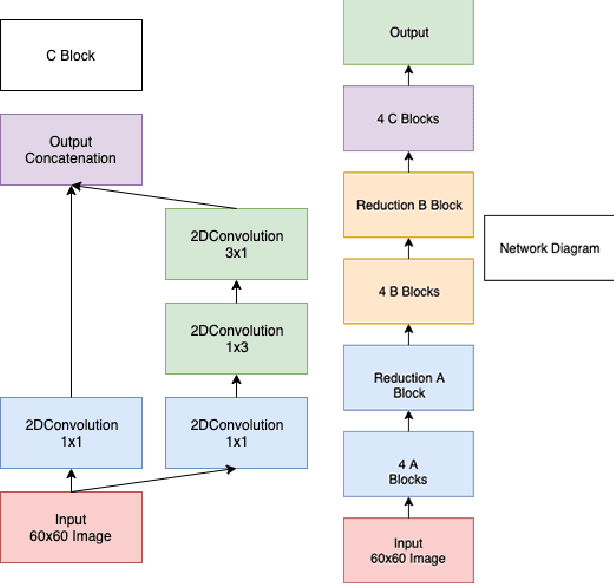
Abstract:One of the key steps in building deep learning systems for drug classification and generation is the choice of featurization for the molecules. Previous featurization methods have included molecular images, binary strings, graphs, and SMILES strings. This paper proposes the creation of molecular images captioned with binary vectors that encode information not contained in or easily understood from a molecular image alone. Specifically, we use Morgan fingerprints, which encode higher level structural information, and MACCS keys, which encode yes or no questions about a molecules properties and structure. We tested our method on the HIV dataset published by the Pande lab, which consists of 41,127 molecules labeled by if they inhibit the HIV virus. Our final model achieved a state of the art AUC ROC on the HIV dataset, outperforming all other methods. Moreover, the model converged significantly faster than most other methods, requiring dramatically less computational power than unaugmented images.
 Add to Chrome
Add to Chrome Add to Firefox
Add to Firefox Add to Edge
Add to Edge